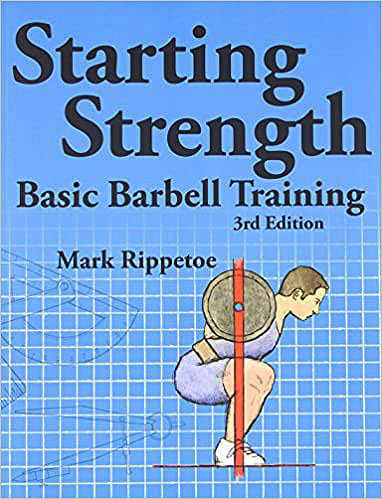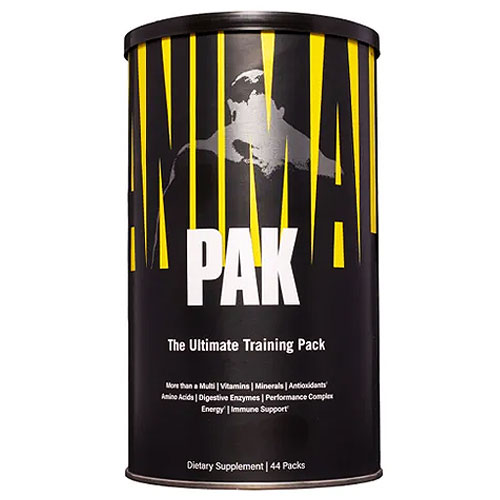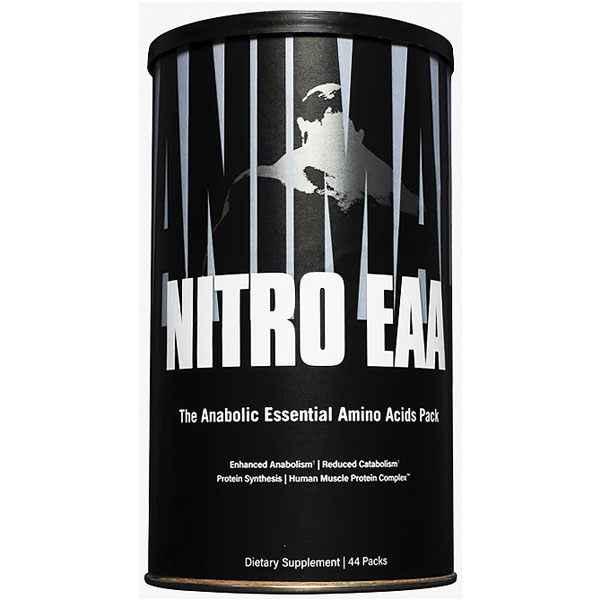
Top Sellers
Top 50 Best Newest Supplements Top Protein Top Pre-Workout Top Post-Workout Top Fat Loss Top Intra-Workout Top Health & Wellness Powerlifting Books
Workout Accessories
Videos
Workout Music
Powerlifting Books
Workout Accessories
Videos
Workout Music
Ads





 By: Vag
By: Vag
In the first part of this article, we talked about diet and nutrition. Now, let's talk training. The one thing I run into all the time is people not knowing how to develop their training routine. The first thing you need to do is know what you are training for. Do you want to be cut? Do you plan on putting on size for show? Or do you want to train for that one big lift?
Typically, when someone wants to be ripped they stay in the area of 12-15 reps. This will not put on maximum size but can be used for rounding and fat burning. 8-10 reps is typically the area for a bodybuilder. 6 or less reps in a set is the powerlifting range. A lifter has to train his body for what he wants it to do. If you want ultimate power you don't do sets of 10 to build size. Sets of 10 will build strength but will not teach the body to hit the highest lift it can for one.
The body is a blank slate. Isolating it to one thing will allow the body to be at its maximum for that thing. How many times have you done better on your second or third rep then on your first? Look into your training that might give you the answer. To achieve the big bench, train for it. Developing a training schedule is not difficult if you know a few basic rules.
Rule #1: Don't Overtrain
The first, and main rule to follow is don't overtrain. You can't bench three times a week and expect your bench to go anywhere but down. If you do, you'll only increase the risk for injury. If you are following a routine that calls for you to bench more then once a week, my advice is, stop. When lifting for ultimate strength, every major muscle group needs about 48-72 hours to recover. If you bench three times a week, you cannot achieve huge lifts.
Plus, benching once a week and designing the workout to do accessories, for the bench, will give the body time to rest between benching and strengthen for the bench. By accessories, I am referring to the smaller muscle groups that complement the major one you are working on. For the bench, these include the triceps, shoulders, and lats. When you bench at this level, you have be careful not to over work the accessories.
Sound a little confusing? When you bench, the movement recruits other muscles. This means even if you lift your butt or twist a little, it is still benching. So benching three times a week can burn those muscles out too. If the workout is designed to do the accessories for the bench, it gives other muscles time to recover before they are used directly again.
Ok, now you are saying if you lift other parts in the same week, I still could be using the parts I used while benching. Yes, that would be correct, but now they are used indirectly and give them more time to recover. I never said powerlifting was for the faint at heart.
Rule #2: Give Muscles Plenty Of Rest
Plan your routine to allow for maximum recovery. This means if you want those parts to be their best, design the workout so that each body part can rest as much as it can. If you bench on Sunday, for example, triceps would be the most logical body part to exercise after doing the bench routine. Benching and strong triceps go together. If the routine calls for lifting on Monday then doing biceps and back would be the most logical.
Old school training used to design training schedules on the push/pull method. One day would call for you to exercise muscles that pull (biceps/back) and other days would be designed for muscles that push (chest/triceps).
Rule #3: Never Give Up
Put on an intense lifting face. Never, never give up. So many lifters walk into a gym with good intentions. So very few actually accomplish the goals they set out for themselves. The only way you can accomplish any goal is to first show up. Show up mentally and show up physically. Or why bother showing up at all?
Naturally it takes a lot of time and education. While training, be open to new ideas and watch others in the gym. Know when someone in the gym is doing an exercise incorrectly. That way when that person comes up to you and talks, or tells you are doing something wrong, you can just say, "Thanks," and walk away with a smirk.
Everyone has a different way to train. Not all of them are right, and not all of them are wrong. But, when you know the facts about training, you can take what works for you out of any conversation and then there is never any wasted time. Strength training is one of the toughest sports to handle. Training has to be heavy, hard, and constant. Saying I can't do that today is not an option. Being too tired is not a choice. Being the best at anything takes a lot of time and dedication. Knowing your training is crucial to success.
There is no wrong way to train when you know and follow the facts. Old school training has its place, as do new forms of training. With education, a competitor can make his own choices. Knowing that not touching the bar when entering a bench contest and only doing accessories does not work for natural competitor cuts down on time and frustration when training for a contest. Learn your sport, keep the goals reasonable, never quit, and know what you got to do. When it comes to powerlifting, know it's not a sport, but a state of mind.
I have included a 4-day routine for building a strong bench. It's not the be all, end all, but it will definitely help the lifter who doesn't know how to train for a better bench or the one who needs a boost in the bench. You can adjust this routine to fit your particular needs. This workout should only be used for approximately 8 weeks.
During your 8 weeks of the program, pay close attention to how your body responds to the training. After the 8 weeks is up, change will be needed. Design a modified program that gives you more time for rest or just lighten the weight for a 2-week off cycle.
To maximize this workout, a lifter should start this workout with lighter weights. He should know about his range for each exercise and know failure. If any of the workout is not tough enough, raise the weight. If the reps for the abs are not enough, raise the reps. Always write down and keep track of what you do. The program is designed for increasing the bench press so even though legs are part of the routine, watch the extras as it will drain strength from the main focus. But don't forget this important fact: strong legs and strong abs will mean strong bench.
On heavy bench day, if your final rep is a failure, don't worry. Try again next week with the same weight. If the final rep is easy, then add 10 pounds and try again. If you hit that too, and it takes at least 20 pounds to fail, then start at 20 pounds or higher next week. After completing this program, try your one rep max again. The typical gain you can expect is around 20-30 pounds on your bench.
One final note. Warm up is very important. Whether you choose to lift light, stretch, do some cardio, or whatever, just do it. Anyone who is dedicated to training usually has their own style of warming up. Just make sure that the body part you are training and the muscles associated with that part are ready to start heavy.
Warm-up
Heavy Bench
Final end rep (around 90%)
Note: The above poundages refer to a lifter who already has a 300 pound one rep max. Your numbers will vary depending on your individual goal.
Triceps
Abs
Warm-Up
Back
Biceps
Abs
Day off
Warm-Up
Shoulders
Triceps
Abs
Warm-Up
Legs
Abs
Day off
Day off
Tags: Strength Life Strength Programs Bemch Press
Sponsored Products:

ANIMAL
PAK
Ultimate Training Pak!

ANIMAL
CLEAR WHEY ISOLATE
Refreshing Lighter Whey Protein!

ANIMAL
PRIMAL
Comprehensive Pre-workout!

ANIMAL
NITRO
Accelerated Amino Transport!